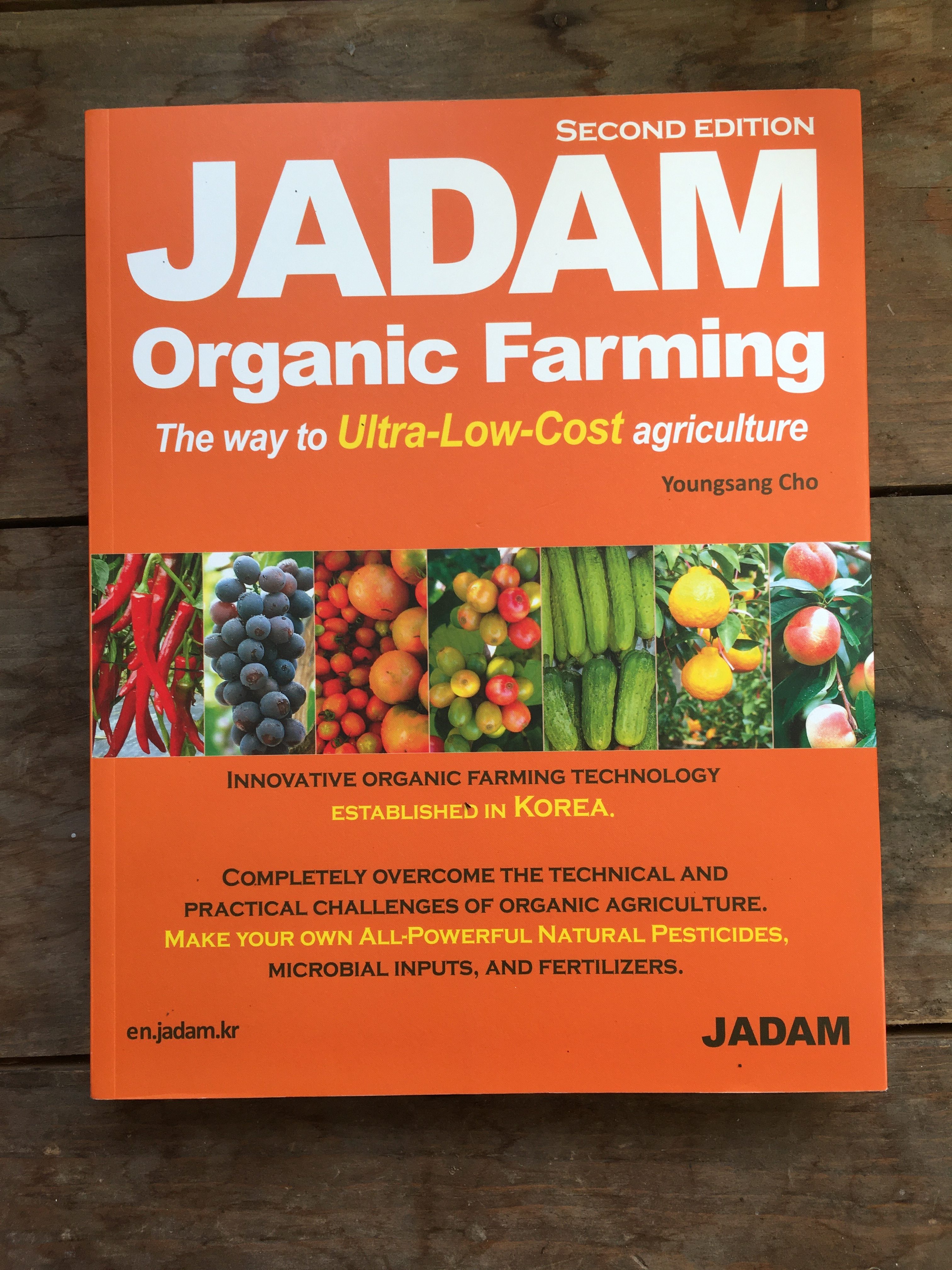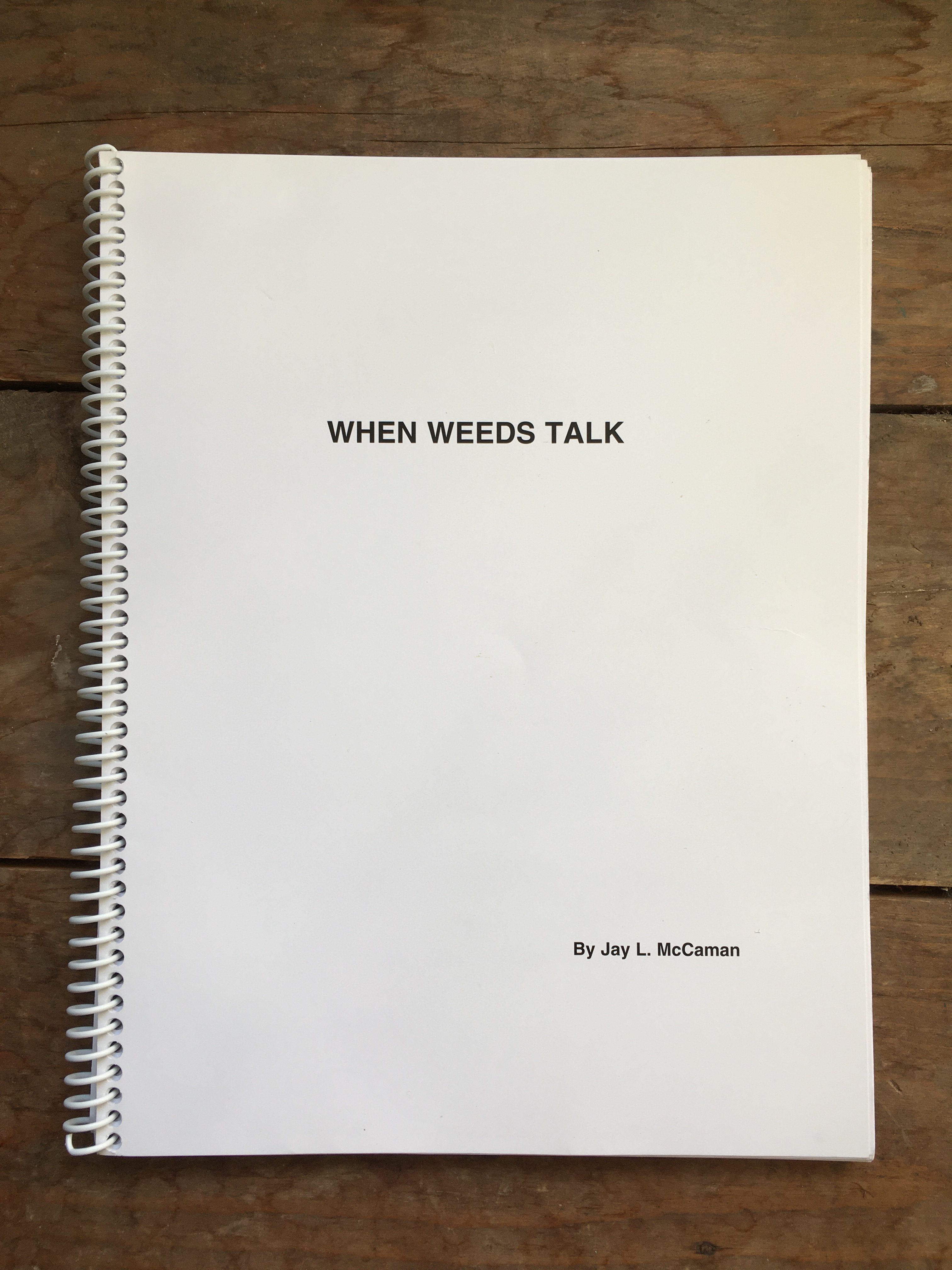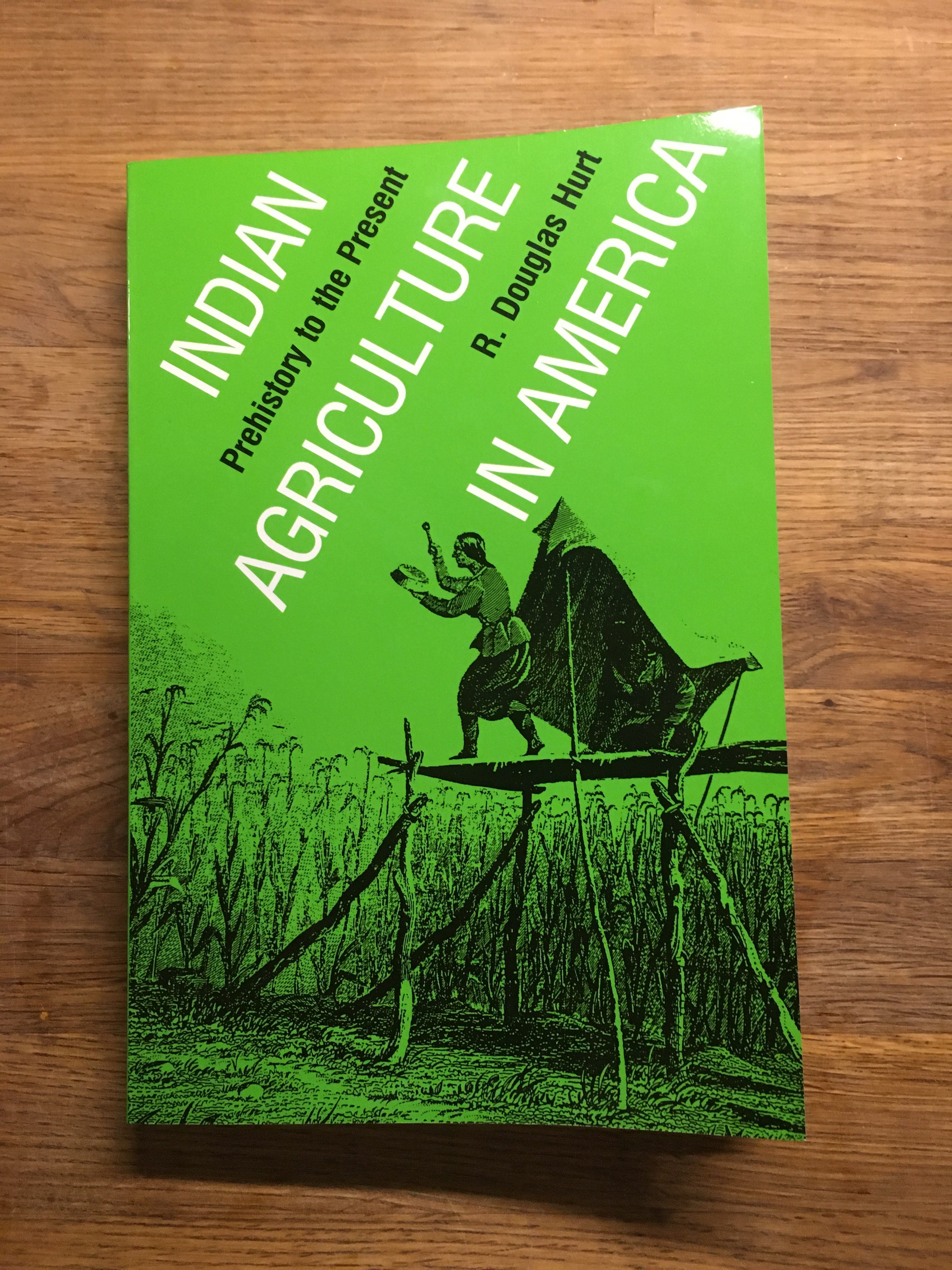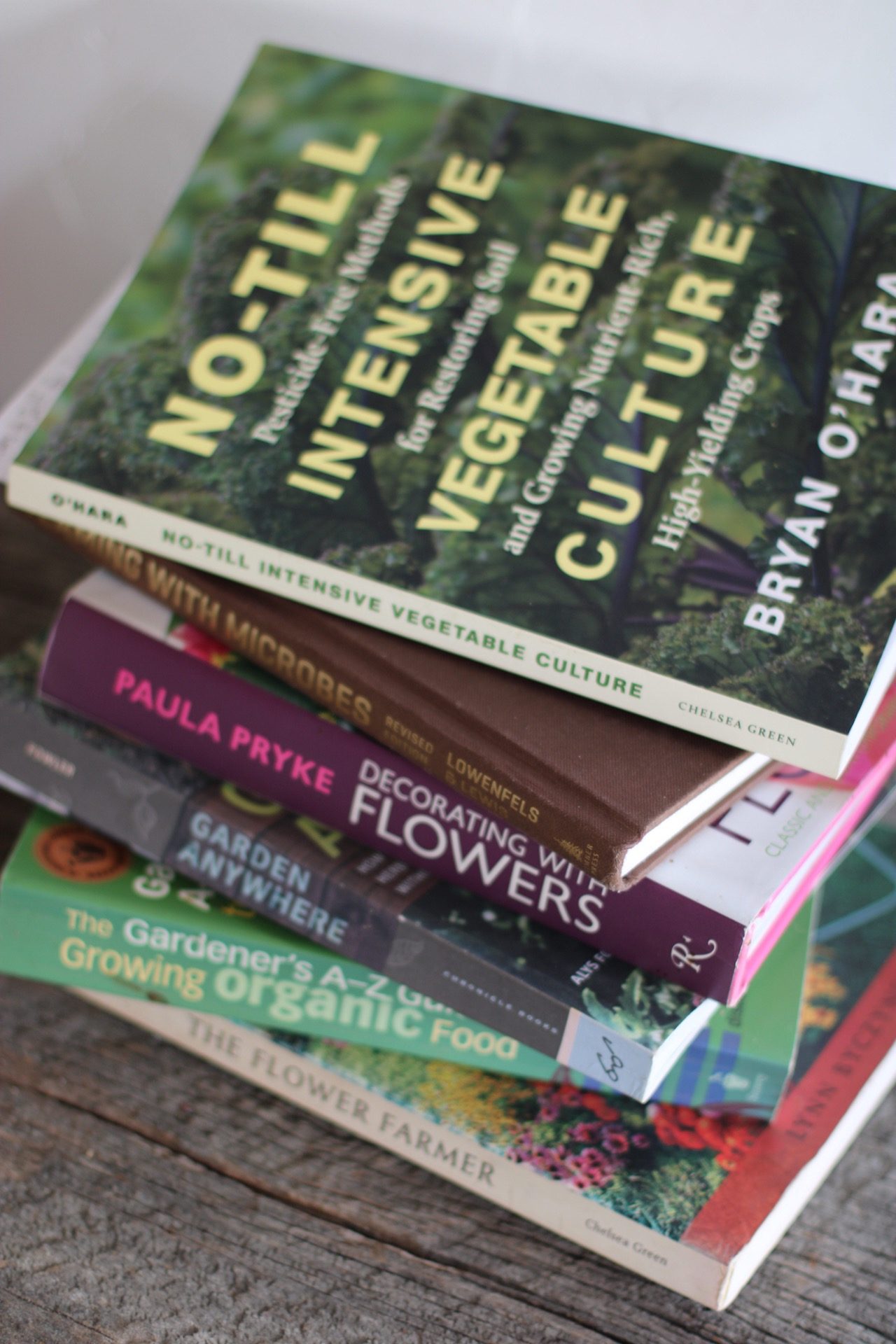Winter Reading List: Books on Regenerative Farming
Along my journey to better understanding the complex universe at my flower farm, namely the soil that supports all life there, I have read several books on regenerative farming that have helped answer my many questions, whetted my curiosity, and sent me even deeper into my research. It began out of necessity when, in 2018, my fields were constantly saturated by rain, and I couldn’t use the tractor and tiller I typically engaged to prep planting beds. I basically had no choice that spring but to go “no-till”, otherwise I would never have gotten any of my crops planted in time. Hurried online research then and the book The Organic No-Till Farming Revolution by Andrew Mefferd helped me cobble together a no-till strategy to get started.
Honestly, there wasn’t a lot of forethought and I certainly wasn’t on some grand mission at the time. But after that rather unceremonious entry into the concept that the soil should not be disturbed over and over again with heavy tillage, I felt like the lid to my brain had been sprung wide open. I went on a hunt for a bunch of books on regenerative farming and sought out other farmers and resources like the No Till Growers Podcast. Since then I’ve been consuming as much information as I can about soil health: how to balance all the elements of it (physical, chemical, biological, mineral, etc.) and how to encourage the diverse and dynamic life within it. In a nutshell, sometime over the 2019 season, I decided I was no longer a flower grower. I am now a soil grower. Flowers just happen to be what my farm sells in order to continue to be able to support the crazy amount of life in the soil.
Fun fact: There are more soil microorganisms in a teaspoon of healthy soil than there are people on the earth! Read more here!

After gaining a decent handle on what no-till practices are out there and which ones I wanted to use (and improve upon) at my farm, I started exploring how to bring more life back to my all-but-dead soil after a decade of heavy tilling. After I stopped tilling cold-turkey in 2018, my flower crops were really struggling the second season of no-till and I was finding myself frustrated because I thought no-till was going to be a silver bullet to abundant and healthy harvests. But it turns out that putting the tiller away is only one small piece of a very big soil puzzle. It’s a puzzle I’m still working on diligently nearly every day as I observe the impact of my actions or inactions at the farm and adjust course accordingly.
One rabbit hole I dove into deeply was exploring Korean Natural Farming (KNF) as an avenue to bringing a diverse amount of life – namely fungi and microbes – back to my depleted soil web. While there are several commercially available products for mycorrhizae and other “biology in a bottle” (my friend Tony at Bare Mountain Farm‘s term, not mine), after spending years assuming machinery and tillage were necessary for farming because agricultural suppliers push that idea to get farmers to buy more from them, I wasn’t going to just adopt yet another costly commercial approach. KNF (and its offspring JADAM) lays out several “recipes” for making homemade, no-to-low cost applications that do the same thing as those pricey manufactured inoculants. Saving money on the farm is critical to profitability. Plus, I have to confess that I take great delight in experimenting with making KNF bio-simulant goodies for my fields. Every time I put my crushed eggshells into apple cider vinegar and watch the torrent of bubbles coming forth, I feel like an elementary school student again, excitedly preparing for the science fair! Being ever a student of life is really the greatest joy, is it not?
In 2020, amidst the chaos of a pandemic, I’ve been letting my curiosity run wild in regards to farming in the most simple way possible. It’s felt really reassuring to think that if much of our modern world collapses for some reason, I’d have the knowledge and tools needed to keep farming abundantly without skipping a beat. Why buy in costly products that throw off the natural balance in the farm ecosystem when I might be able to solve the problem using something already on the land or in my refrigerator? Maybe I can even figure out how to reduce weeds in the field by balancing the soil with the right mix of minerals and biology rather than relying on costly hand-weeding! What a thought, right?!

I’m even starting to dig back into prehistoric farming records and accounts of indigenous native farming practices that were in use prior to European contact, to learn more from those long forgotten voices full of wisdom. I was listening to Nicole Masters speak during the Acres USA ego-ag conference the other day and she made an observation that I think was very powerful: This “new” approach to a simpler, more-natural way of farming that’s becoming so “trendy” now – thanks to movements like KNF and no-till – is really not new at all. It’s an incredibly old approach and there are entire centuries worth of data and information that we can mine from the past to help us farmers return to living in balance with our ecosystem. It’s really only been since the 1950s that “modern agriculture” has forced farmers into a co-dependent relationship with capitalism and commodity farming, making farmers feel like they have to keep buying more to be able to produce more. A seven decade bad habit should not be that hard to kick if we are willing to acknowledge how we have failed and humbly seek wisdom from elders who understood that we, the farmer, are not outside of nature looking in. Rather we ARE nature, playing a role just like an earth worm or a vole or a cucumber beetle. We are not separate from our ecosystem. We are just one very small (but very opinionated) player among a billion others.
Can I say for sure yet if adopting any of these new (to me) approaches at my farm will be a silver bullet for all that might afflict it? No. We all know there is no silver bullet in farming! But what I can say for sure is that there have been decided victories in long-waged wars. Namely, at the moment here in December, I can say the health of my overwintering ranunculus and larkspur have never been better after making applications of “LAB” and “WCA” from the KNF handbook. Typically I would be using an expensive product like Actinovate to accomplish the same thing (with limited success), but now I’m making my own for mere pennies. And regular applications of leaf mold tea (a free brew of rain water and forest soil) is having remarkable results with bringing life back to the soil, loosening what once was sticky and compacted. So, I will continue with my curious experiments and witchy brews with the likes of vinegar, eggshells, rice, milk, leaf mold, nettles, molasses and sea water. If nothing else, I’m having a blast letting my curiosity run wild!

For anyone who wants to tickle their curiosity too, here is a list of books I have already read and generally would recommend (some better than others but all worth flipping the pages):
• The Regenerative Grower’s Guide to Garden Amendments by Nigel Palmer
• Teaming with Fungi: The Organic Grower’s Guide to Mycorrhizae and also Teaming with Microbes by Jeff Lowenfels
• Dirt to Soil by Gabe Brown
• No-Till Intensive Vegetable Culture by Bryan O’Hara
• When Weeds Talk by Jay L. McCaman
• Gathering Moss by Robin Wall Kimmerer
• Braiding Sweetgrass by Robin Wall Kimmerer
• JADAM Organic Farming: The Way to Ultra-Low-Cost Agriculture by Youngsang Cho
• The Organic No-Till Farming Revolution by Andrew Mefferd
• The No-Till Organic Vegetable Farm by Daniel Mays
• The No-Till Organic Vegetable Farm by Daniel Mays
And here is the list of books currently on my desk for winter reading:
• Farming the Woods by Ken Mudge and Steve Gabriel
• Reclaiming the Commons: Biodiversity, Traditional Knowledge, and the Rights of Mother Earth by Vandana Shiva
• Native American Gardening: Buffalo Bird-Woman’s Guide to Traditional Methods by Gilbert Wilson
• Indian Agriculture in America: Prehistory to the Present by R. Douglas Hurt
• Biodynamic Gardening: Grow Healthy Plants and Amazing Produce with the Help of the Moon and Nature’s Cycles by Monty Waldin
Do you have any great books on regenerative farming that you think should be added to my reading list? Please share in the comments below! Winter is such a great time for reading and I’d be happy to expand my list of books on regenerative farming.


I’d really like to try the no till approach in my hoop house this coming year. Is there one book in particular that you’d recommend for both weed suppression and no til methods? Zone 6b-heavy clay soil that’s softened with leaves, newspaper and straw. Initially started adding horse manure but have stopped due to weeds.
Good question! None of these books are specific to hoop house production. You’d need to read several of them to gather the information together. I’d suggest the Andrew Mefferd book and Nigel Palmer book at two to get started with and then also either of the Jeff Lowenfels books would be great too. But again, they are not about hoop house growing at all, just about no-till methods (Andrew’s book) and natural nutrients (Nigel’s book) and soil life (Jeff’s books). I am currently drafting a very detailed blog post about how I rehabbed the soil in my own hoop house through cover cropping, tarping, KNF, and mushroom substrate. It’ll probably take me a week or two to finish up, but make sure to check back here for that sometime this winter. Sounds like it’ll be just what you need. 🙂
You should try elliott colman’s books
Daniel Mays new book is worth a read as well. I’m searching for information on saving flower seeds. Also management of perennials without the use of landscape fabric! Any ideas? Thank you so much for being such a great resource.
On my winter reading list is The No-Till Organic Vegetable Farm by Daniel Mays. I have visited his farm and been so inspired.
Cover Crop Coach Steve Groff’s new book, The Future Proof Farm is also a fantastic read!
May I recommend The call of the Reed Warbler by Australian sheep farmer Charles Massey. After decades of traditional farming and droughts that turned his farm into desert, he began regenerative farming and rewilding. He’s become an incredibly outspoken and passionate voice for sustainable and regenerative farming practices and how it you live your land as a farmer, you can’t keep destroying it using intensive, industrial farming methods.
Thank you for the recommendation! I’m adding it to my reading list now!
Hi you’ve read a lot, did you find any books that deal with tropical climate or tea as the chief focus. Most books I find seem to deal with mainly American climate.
I’ve not found anything specific to tea, but the JADAM book is based on growers in South Korea so maybe try that book in terms of climate. I’m sorry I can’t be of more help. Maybe you’ll be the person to write that book…. 🙂
Hi,
Just saw your comment I’ll give JADAM book a go. Thanks for the recommendation.
If you do come across something for us tropics people please email me. I’ll really appreciate that.
Hi Jennie! I’ll be watching your regenerative agriculture talk tomorrow at the European Flower Farmers Conference!!
Soil Science for Gardners; Working with Nature to Build Soil Health by Robert Pavlis is an excellent readable look at creating “live” soil. It comes highly recommended. I have it right next to The Regenerative Growers Guide by Nigel Palmer.
Awesome suggestion, Amy! Thank you!